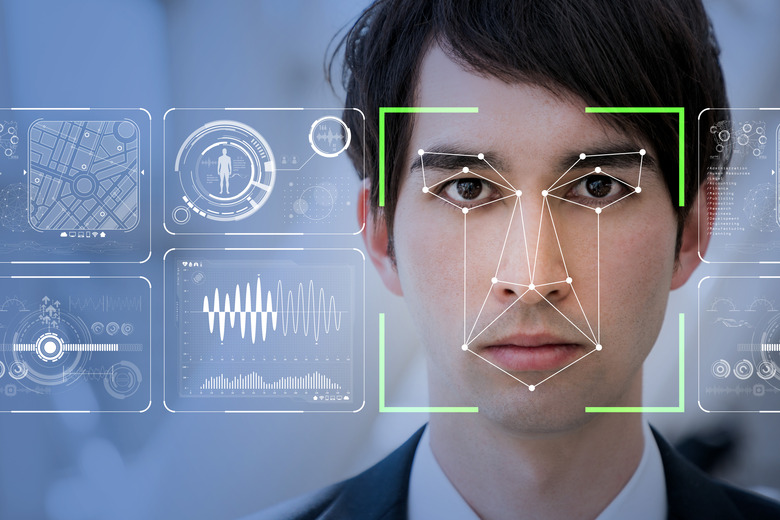Top New Inventions That Could Change The World
Each minute of each day, technological advances hurl the world forward in amazing ways. What used to take years of development can now take only a few months or days. Researchers, scientists and innovators around the world spend time on developing new products and ideas based on the availability of new technology that comes in smaller and smaller packages.
For example, if you were to look back to the 1980s and 1990s, you would see that the personal computers that hit the markets then – big clunky dust collectors now – don't even have a fraction of the computing power that your smartphone does. While some of these new innovations won't make it to market in the next few months or years, some are available now.
Bionic Man – Reversing Paralysis
Scientists and researchers hope to give those who have been paralyzed hope of moving the affected limbs again. Researchers have done this by embedding a small electronic chip in the brain that connects to implanted electrical stimulators in the body. Signals from the chip to the stimulators tell the body to move, totally bypassing the body's damaged neural network. While progress with this research has been slow, it's been steady, and researchers hope to eventually give control of the body back to those who have been in paralyzing accidents and who have diseases that affect motor control.
Wind Towers That Save Birds and Bats
One of the biggest complaints about wind towers that generate electricity starts with the large blades that birds and bats often fly into. Another complaint stems from the sounds these wind towers make as their larger-than-life airplane-like props spin, as people living next to these devices prefer not to listen to the noise generated. But one man, an 89-year-old retired engineer decided to change that. He devised a new type of wind tower. In his design, which calls, "Catching Wind Power," the offending moving equipment sits inside a barrel, which shields birds and bats from the dangerous blades. The barrel also reduces or mutes any sounds the spinning blades make.
Saving Face, Saving Time
Instead of having a key card to get into secure buildings or using a credit or bank card to pay for purchases, face-reading technology could change the way you conduct these transactions. Called facial recognition technology, financial transactions in some places in China now use this technology to conduct business. The artificial intelligence of the product takes several pictures of your face from multiple angles to show that it is indeed you, making it impossible to duplicate from a simple two-dimensional picture. The main problem with this technology is the loss of anonymity and privacy.
Smart Carpets
For the elderly, one of the biggest fears is falling and not being able to get up. This is especially true for those who live alone. But scientists in the U.K. have developed a way to help seniors in this situation by creating a smart carpet with backing that wirelessly communicates with a computer. It can send an alert if a person falls on the rug, and it can also create a security alert if intruders break into the home and step on the carpet. The researchers also hope to use it to detect mobility problems in patients, such as those undergoing physical therapy.
The Bike That Grows
Every parent knows that a child's first bike – if the child enjoys riding bicycles – won't be the last. As children age, they outgrow their bikes, just like they outgrow their clothes and shoes, causing an added monetary strain for parents who must replace the old bike with a new one.
But innovators at a Spanish bicycle manufacturer, Orbea, decided to give parents a break by developing the new Grow bike, which needs replacement less often than traditional bikes – at least five to seven years instead of two or three. The designers at the company made the bike with components that lengthen as needed: stem, crossbar and seats. The company designed the other elements of the bike to last much longer to withstand the growth spurts of children. The company recently won a Spanish award for the bike's design, which is available in three sizes for children.
Pixel Earbuds
You don't have to live in a future where you shove a yellow Babel fish in your ear to translate other languages, unless you're a character from the science fiction film or book, "The Hitchhiker's Guide to the Galaxy." Building on this theme, Google developed the Pixel Earbuds, which essentially perform the same function: translation in almost-real time of non-native languages.
To use these language translation earbuds you need a Pixel smartphone paired with the Google translation app. It works like this: One person holds the phone, and the other person wears the earbuds, speaking in their native language. The app on the smartphone translates what the speaker says by voicing it aloud through the phone. The earbuds are currently available.
Cite This Article
MLA
Brenner, Laurie. "Top New Inventions That Could Change The World" sciencing.com, https://www.sciencing.com/top-new-inventions-that-could-change-the-world-13711531/. 21 May 2018.
APA
Brenner, Laurie. (2018, May 21). Top New Inventions That Could Change The World. sciencing.com. Retrieved from https://www.sciencing.com/top-new-inventions-that-could-change-the-world-13711531/
Chicago
Brenner, Laurie. Top New Inventions That Could Change The World last modified March 24, 2022. https://www.sciencing.com/top-new-inventions-that-could-change-the-world-13711531/
